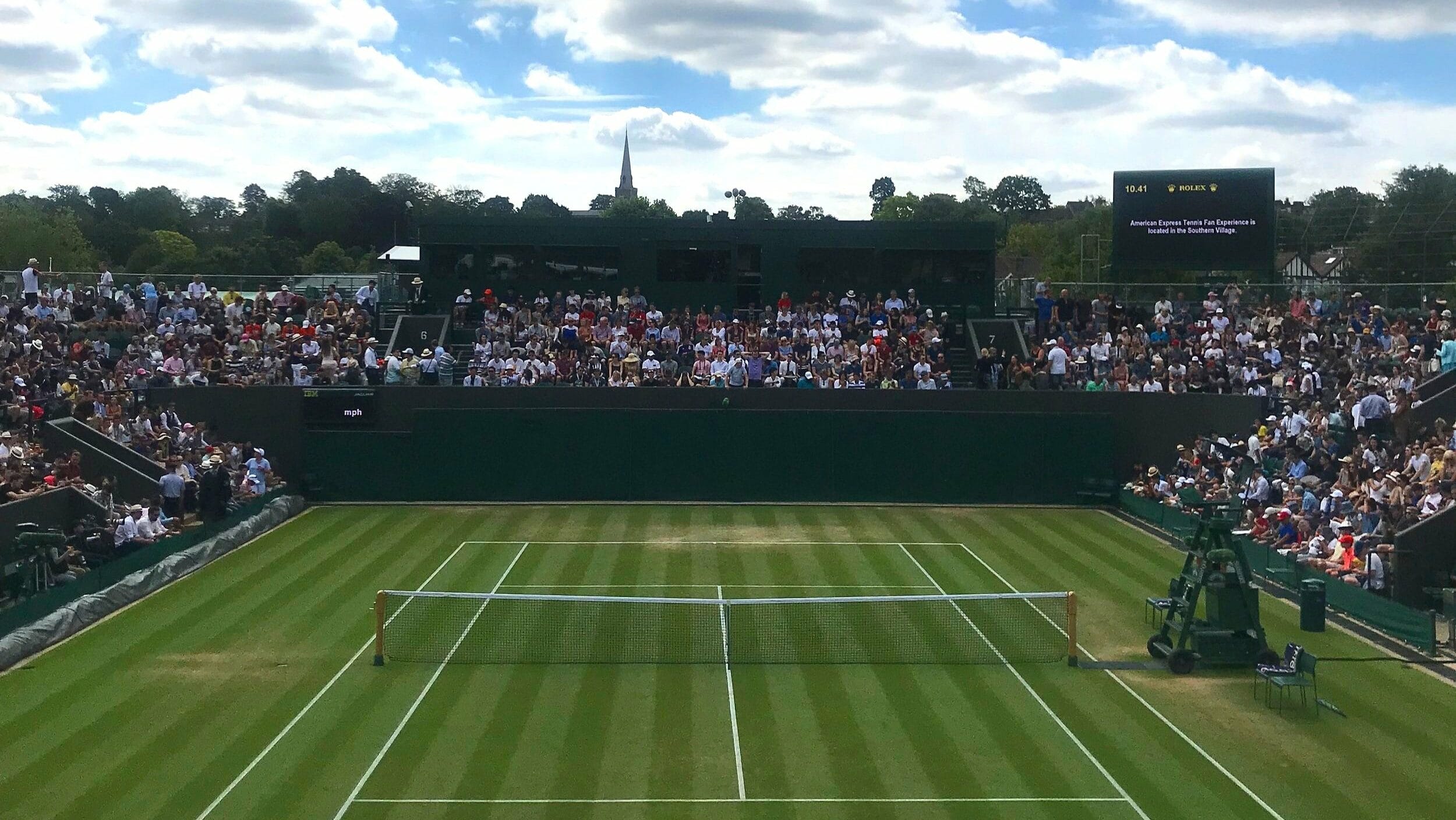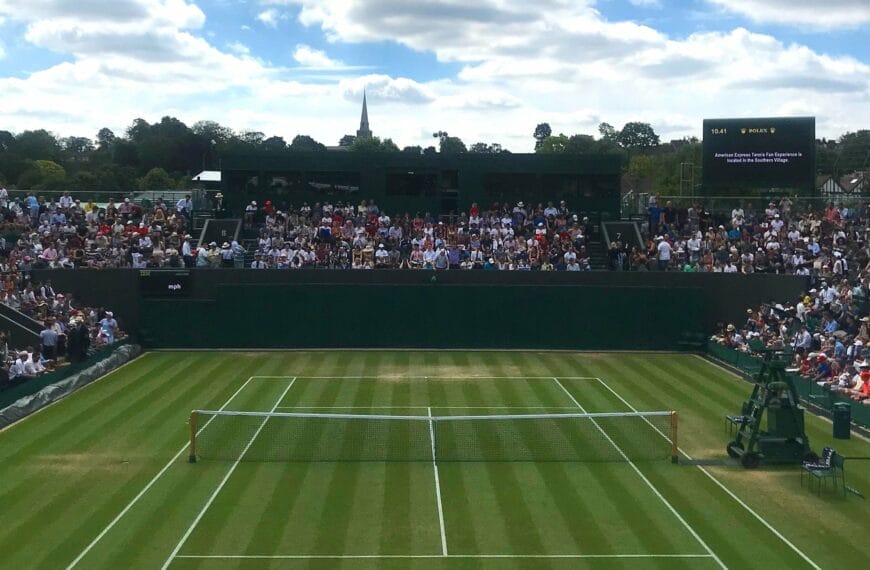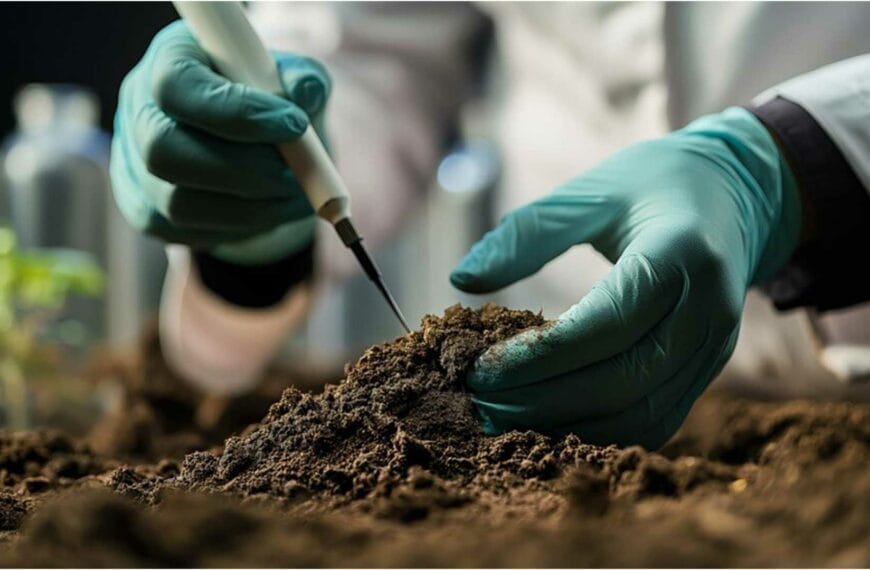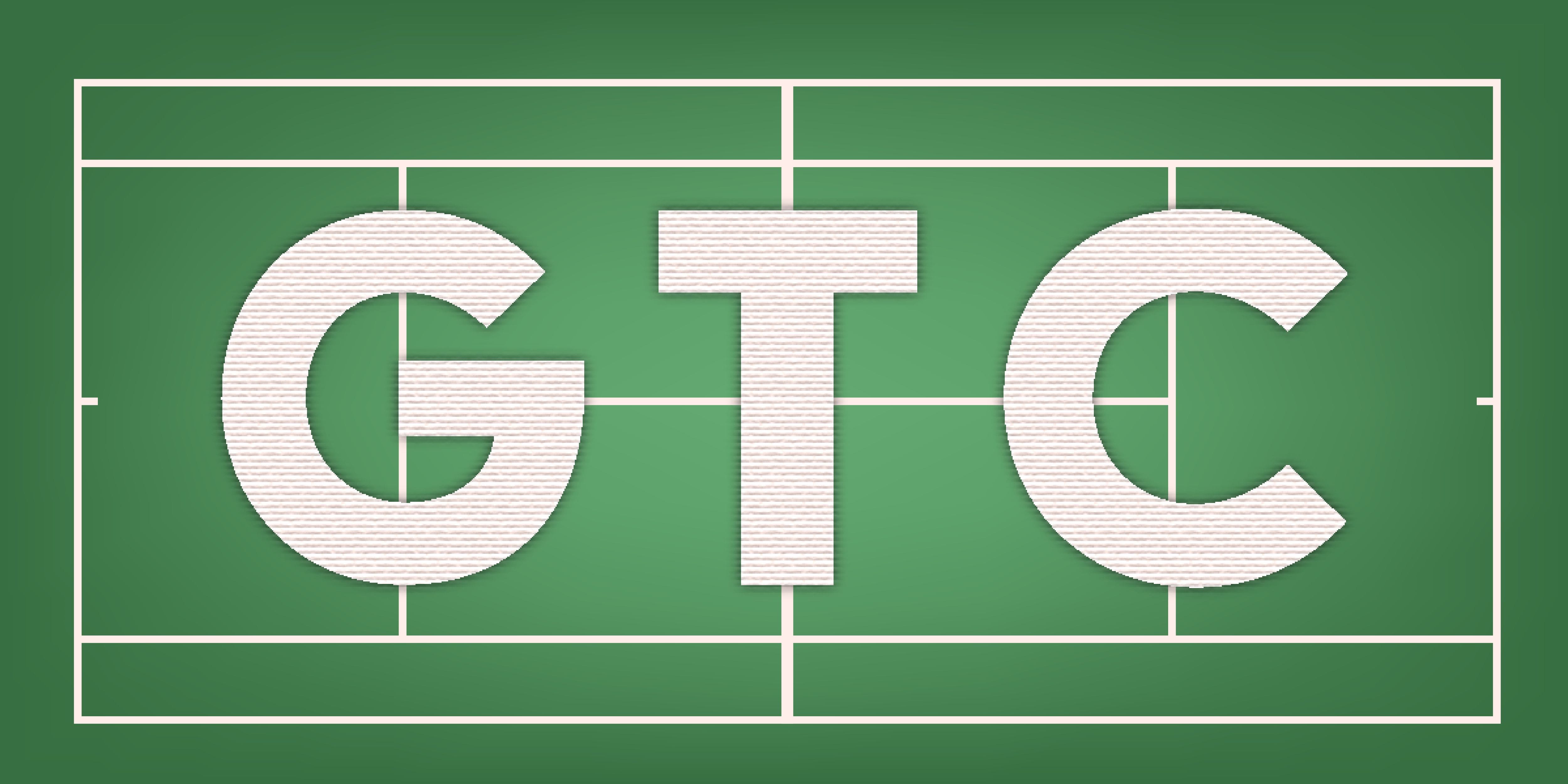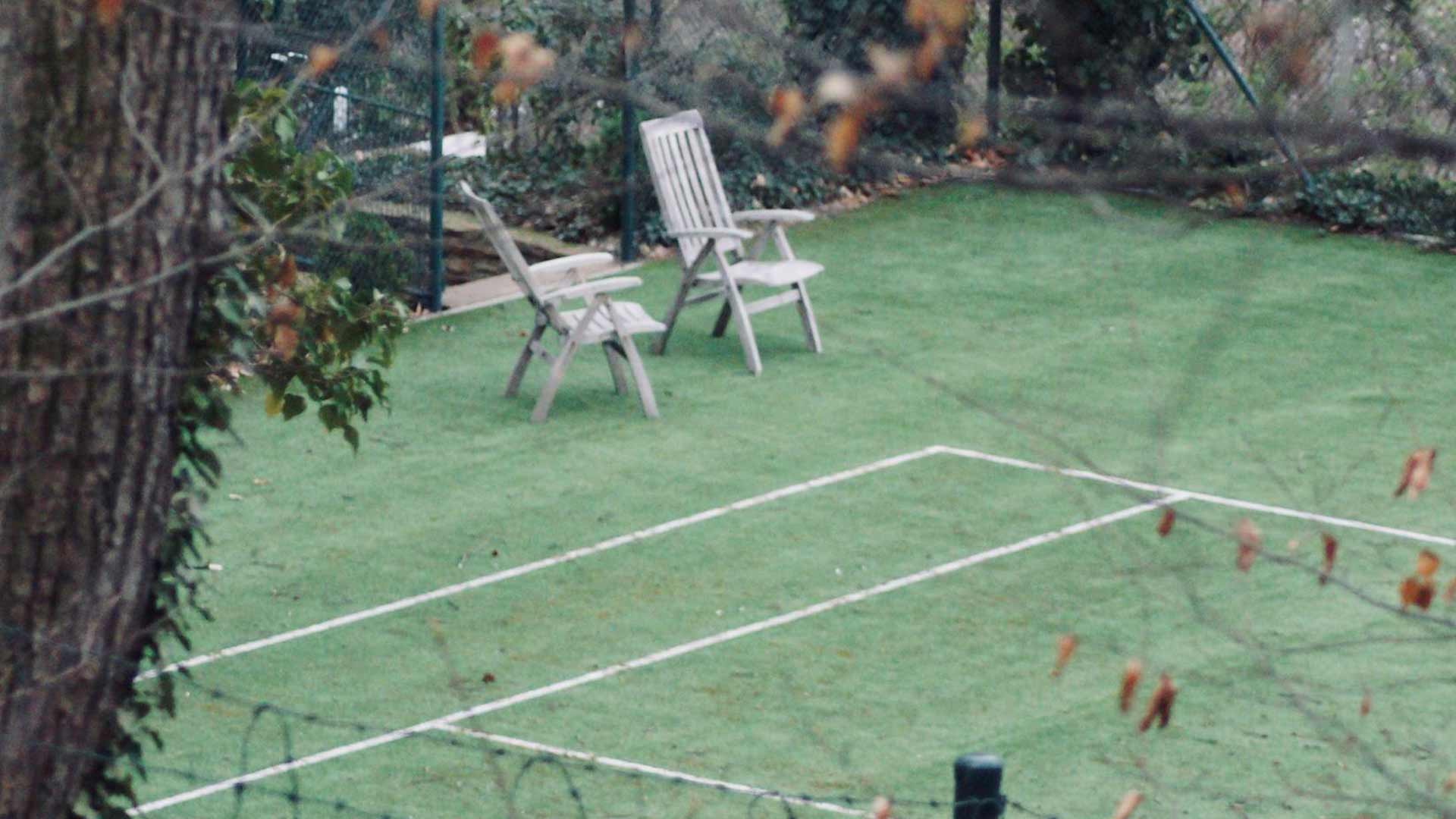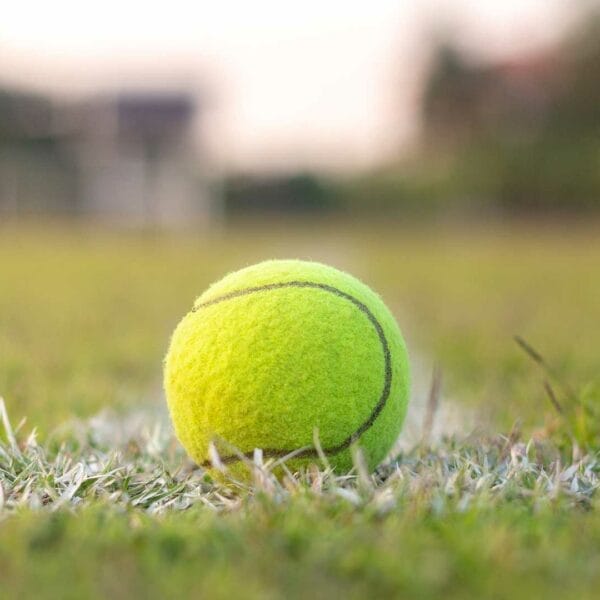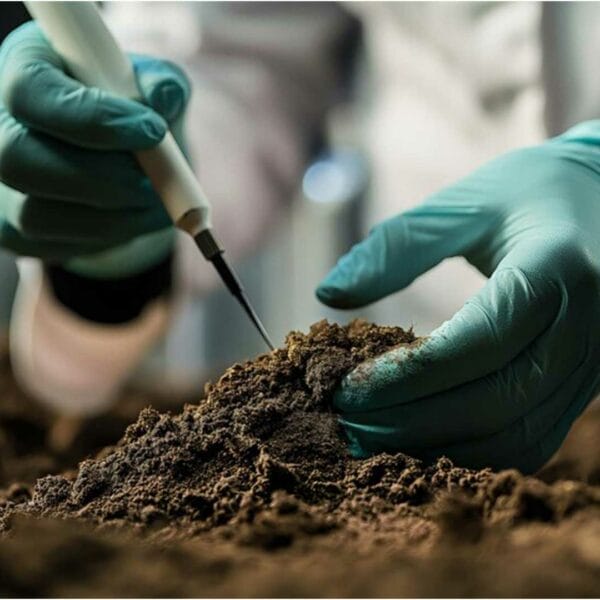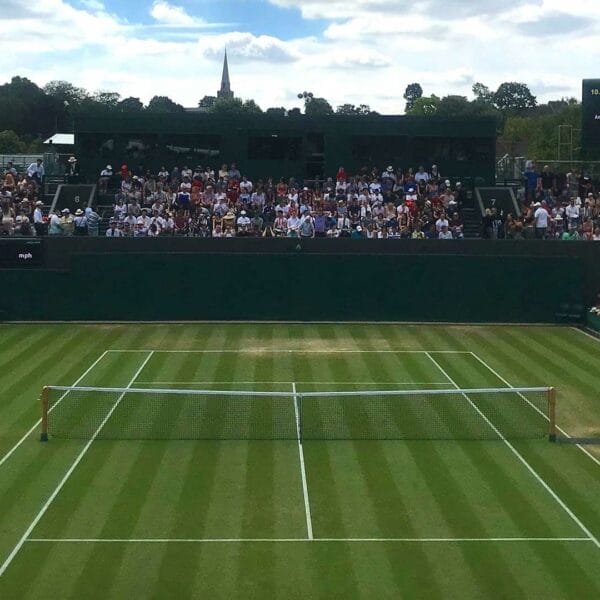The Ultimate Goal
A tournament isn’t just a series of matches; it’s the culmination of months of meticulous work. It’s the moment when our passion for grass court tennis is on full display, and the stage—our court—must be flawless. The transition from a well-maintained practice court to a championship-ready tournament surface is a final, intensive sprint, a series of precise actions that elevates the playing field to a professional standard.
Preparing a grass court for tournament play involves intensive maintenance. Mow the grass daily to maintain a height of 8–10 mm, roll the surface to ensure evenness, and mark the lines with fresh white paste. Inspect the court for any damage and repair worn areas. Ensure the irrigation system is functioning optimally to maintain the ideal moisture level for play.
This process is about perfection, about leaving nothing to chance, and about ensuring that every player who steps onto the court feels the firm, fast, and true surface that is the hallmark of grass court tennis.
Mowing: The Daily Pursuit of Perfection
For a tournament, the mowing schedule becomes a daily ritual, often performed twice a day during the most intense periods of play. The goal is to bring the grass height down to a precise 8-10 mm, a height slightly shorter than the regular playing season and often considered the “tournament standard.”
- Precision and Frequency: This daily mowing keeps the grass at a consistent, low height. This not only creates a faster surface with a truer ball bounce but also prevents the grass from getting “shaggy” and affecting play. The clean, daily cut minimises the stress on the grass, allowing it to recover quickly and maintain its resilience.
- A Pristine Canvas: The frequent mowing schedule and the use of a sharp reel mower create the classic stripes and patterns that are so iconic in professional tennis. The result is a visually stunning court that looks as good as it plays.
This daily attention to detail is what sets a tournament court apart. For more insights into the science of cutting grass at these low heights, the Sports Turf Research Institute (STRI) provides expert advice on fine-turf management for athletic fields.
Rolling: The Final Consolidation
As discussed in multiple other new items rolling is a crucial part of maintaining a firm, fast court. For tournament play, this process is intensified. The court is rolled daily, often just before the matches begin, to ensure a perfectly consolidated and level playing surface.
- Eliminating Imperfections: The roller’s weight firms up the soil, smoothing out any minor imperfections, divots, or irregularities that may have formed overnight or from previous matches. This ensures a consistent ball bounce across the entire court.
- Enhancing Speed: A firm, dense court provides a faster, lower bounce that rewards a player’s power and skill. This is what makes grass-court tennis so exciting to watch and play.
- The Right Technique: The rolling is done carefully with a lightweight ballast roller, often in alternating patterns, to avoid excessive compaction. The goal is a firm surface, not a hardened one.

The All-Important Lines: A Fresh Coat of Paint
The white lines on a grass court are more than just boundaries; they are visual cues that define the court and enhance its classic aesthetic. For tournament play, these lines must be perfect.
- Fresh White Paste: The lines are marked with a fresh coat of white paste, a special paint that adheres to the grass without harming it. This is done with a precision line marker to ensure every line is straight, sharp, and perfectly aligned.
- Visibility is Key: A fresh coat of paint ensures the lines are evident to both players and spectators, even under different lighting conditions. This eliminates any doubt about line calls and adds to the tournament’s professional feel.
The crisp white lines on the lush green backdrop are the final, defining touch that signals a court is ready for competition.
Meticulous Inspections and Repairs
In the days leading up to a tournament, and especially between matches, our grounds team is in a state of constant vigilance. A quick inspection can prevent a minor issue from becoming a significant problem.
- Search for Damage: The team carefully inspects the court for any new divots, bare spots, or areas of thinning grass. These are often found in high-traffic areas, such as baselines and service lines.
- Rapid Repair: Any damage is repaired immediately. For small divots, a quick stamp with a turf repair tool is all that’s needed. For slightly larger worn areas, a small patch of sod may be applied to provide an immediate fix that can be blended in with the rest of the court.
- Preventing Spread: Prompt repair is essential to avoid a small patch from growing into a significant problem, especially on a busy tournament schedule.
This rapid-response approach to repairs ensures that the court is always in top condition for the next match, maintaining a consistent playing surface for all competitors.
The Golden Rule: Irrigation and Moisture Management
For a tournament court, the moisture level is perhaps the most critical variable. It directly impacts the firmness, speed, and integrity of the surface.
- Optimal Moisture: The goal is to maintain a moisture level that is firm enough for a fast bounce but has just enough give to prevent excessive wear and tear. This requires a delicate balance and an in-depth understanding of the court’s unique drainage properties.
- Pre-Match Hydration: The court is typically watered a few hours before play begins. This ensures the grass is well-hydrated, helping the blades stand upright and providing a cushion that absorbs some of the impact of foot traffic.
- The Science of Water: Our team uses moisture meters and their extensive experience to determine the exact amount of water needed. This isn’t just about turning on a sprinkler; it’s about providing a precise amount of water to achieve the desired surface conditions.
For a deeper understanding of the science of grass-court irrigation and its effects on play, this resource from Cornell University provides an excellent overview of sports turf management principles: Cornell University Sports Turf Management: Irrigation.
The Payoff: A Flawless Tournament Experience
The final, intensive push to prepare a grass court for tournament play is a labour of love that is central to our club’s mission. It’s the culmination of a season of hard work—the mowing, the rolling, the top-dressing, and the pest control—all coming together for one perfect event.
When players step onto our courts, they feel the difference. They think of the firmness under their feet, the true bounce of the ball, and the visual beauty of a perfectly manicured surface. This isn’t just a coincidence; it’s a direct result of our commitment to excellence. The intensive maintenance schedule for tournament play ensures that every match is an actual test of skill, and every rally is played on a stage worthy of champions.

